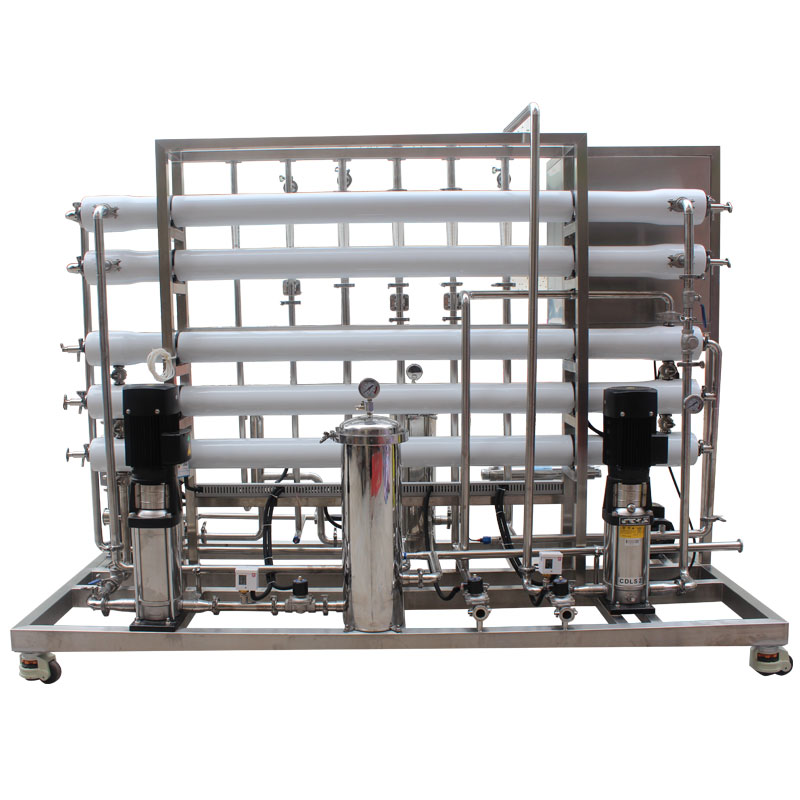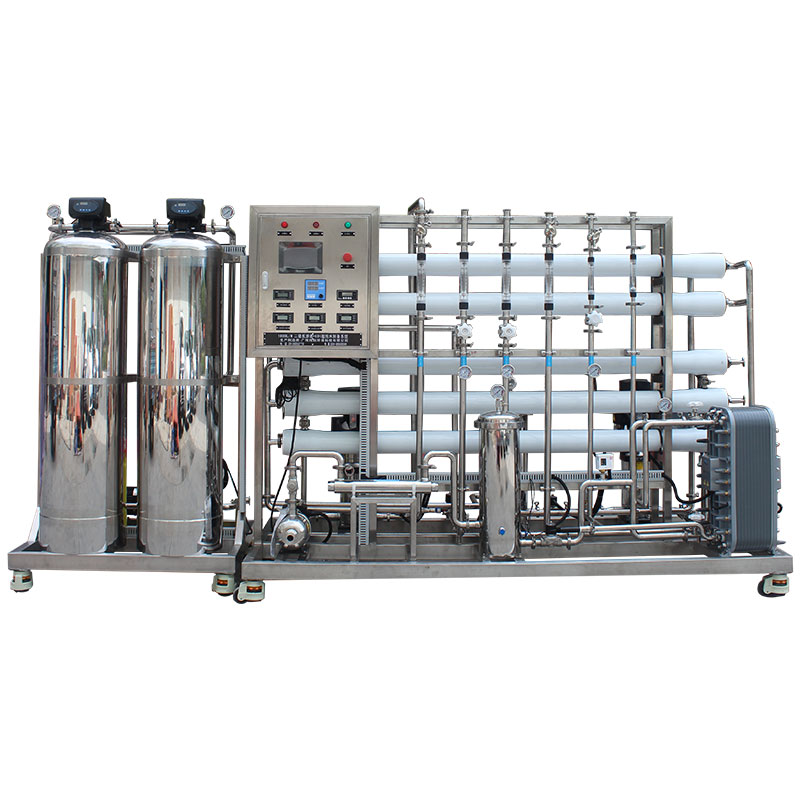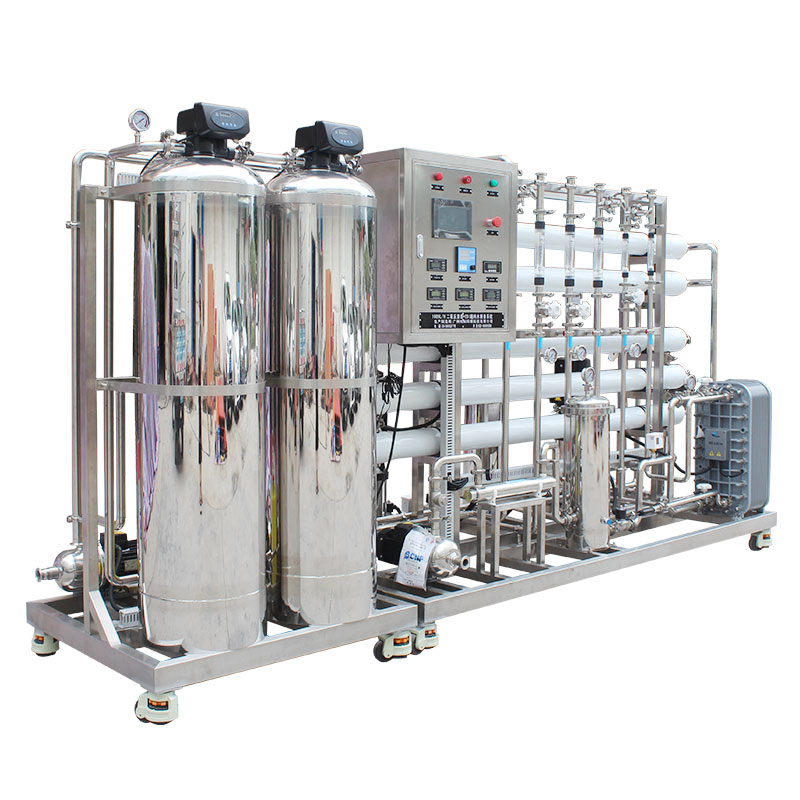How much does a reverse osmosis system cost for the medical industry?
Reverse osmosis (RO) system is a highly efficient water purification device widely used in the field of water treatment. It removes dissolved salts, organic matter, microorganisms and other impurities in water through semi-permeable membrane technology. The medical industry has extremely high requirements for water quality, and reverse osmosis systems play an important role in medical equipment cleaning, drug preparation, laboratory water, etc.
So, how much does a reverse osmosis system cost for the medical industry? What are the unique differences compared to systems in other industries? This article will explore these issues in depth.

How much does a reverse osmosis system cost for the medical industry?
The price of reverse osmosis systems used in the medical industry is affected by many factors, including system size, processing capacity, configuration and brand. In general, the price range of medical reverse osmosis systems is as follows:
● Small system: Reverse osmosis systems used in clinics, laboratories or small medical institutions have a processing capacity of 500-1000 liters/hour and a price of approximately US$5000-15000.
● Medium-sized system: used in medium-sized hospitals or professional medical institutions, with a processing capacity of 1,000-3,000 liters/hour and a price of approximately US$15,000-50,000.
● Large-sized system: used in large hospitals or medical centers, with a processing capacity of more than 3,000 liters/hour, and a price of more than US$50,000. Some customized systems may even cost US$100,000 or more.
Price composition:
The price of the reverse osmosis system used in the medical industry includes not only the equipment itself, but also installation, commissioning, maintenance and after-sales service.
● Equipment cost: mainly includes reverse osmosis membrane, pressure vessel, high-pressure pump, pretreatment equipment (such as sand filter, carbon filter), control system, etc.
● Installation cost: including transportation, installation and commissioning of equipment, usually accounting for 10-20% of the total cost.
● Maintenance cost: The maintenance cost of the reverse osmosis system mainly includes replacement of reverse osmosis membrane, cleaning of membrane components, regular inspection and maintenance, etc., usually accounting for 5-10% of the total cost.
● After-sales service: Some brands may charge extra fees for after-sales services such as regular maintenance and technical support.

What are the special requirements of the medical industry for reverse osmosis systems?
The requirements of the medical industry for reverse osmosis systems are different from those of other industries, mainly reflected in high water quality requirements, high stability and reliability, and strict hygiene standards. The details are as follows:
1. High water quality requirements:
The medical industry has extremely strict requirements for water quality, especially in the fields of pharmaceuticals, laboratories, and dialysis treatments, where water quality must meet ultrapure water standards. This requires the reverse osmosis system to have higher filtration accuracy and removal rate to ensure that harmful substances, microorganisms, and impurities in the water are completely removed.
● Ultra-low conductivity: Medical water requires extremely low conductivity to ensure that the content of ions in the water is as low as possible, usually below 1-10 μS/cm.
● High removal rate: The reverse osmosis system needs to have an extremely high removal rate, which is usually above 99%, to ensure that inorganic salts, heavy metals, organic matter, and microorganisms in the water are completely removed.
2. High stability and reliability:
The reverse osmosis system in the medical industry needs to have high stability and reliability to ensure that the water supply is not interrupted at critical moments. Any water quality problems or equipment failures may have a serious impact on the medical process.
● Redundant design: Medical reverse osmosis systems usually adopt redundant design, equipped with multiple sets of membrane components and backup pumps to ensure that the system can still operate normally when a single component fails.
● Automatic monitoring system: Equipped with advanced automatic monitoring system, real-time monitoring of water quality and equipment operation status, timely detection and handling of problems.
3. Strict hygiene standards:
Medical reverse osmosis systems must meet strict hygiene standards to prevent secondary contamination. Equipment materials, design and maintenance must comply with relevant medical and health regulations.
● Aseptic design: The equipment material must meet medical grade standards to prevent bacterial growth, and is often made of stainless steel or high-quality plastic.
● Regular disinfection: The reverse osmosis system needs to be disinfected regularly to prevent microbial contamination and ensure water quality safety.

What is the difference between reverse osmosis systems in the medical industry and other industries?
Although reverse osmosis systems are widely used in various industries, the reverse osmosis systems in the medical industry are significantly different from those in other industries in terms of design, configuration and performance.
1. Differences in configuration:
● Pretreatment equipment: The pretreatment equipment of the medical reverse osmosis system is more complete, usually including multiple processes such as multi-stage filtration, softening, dechlorination and iron removal to ensure that the water quality entering the reverse osmosis membrane meets the requirements.
● Reverse osmosis membrane: The selection of medical reverse osmosis membranes is more stringent, usually using high-quality membrane materials, with higher filtration accuracy and longer service life.
● Sterilization and disinfection: The medical reverse osmosis system is equipped with sterilization equipment such as ultraviolet disinfection or ozone generator to ensure that there are no pathogenic microorganisms in the water.
2. Differences in control systems:
The control system of the medical reverse osmosis system is more intelligent and automated, capable of remote monitoring, automatic alarm and data recording, ensuring the stable operation of the system under various conditions.
● Remote monitoring: Remote monitoring and management of the reverse osmosis system can be achieved through the Internet or a dedicated network to detect and deal with problems in a timely manner.
● Automatic alarm: The system has an automatic alarm function. When the water quality index or equipment operation status is abnormal, it can send out an alarm signal in time to prompt the staff to take measures.
● Data recording: The system automatically records water quality and equipment operation data, which is convenient for traceability and analysis to ensure water quality safety and equipment reliability.
3. Differences in maintenance and service:
The maintenance and service requirements of medical reverse osmosis systems are higher, and regular inspection, cleaning and replacement of membrane components are required to ensure the long-term stable operation of the system. At the same time, brand manufacturers usually provide more comprehensive technical support and after-sales service.
● Regular maintenance: Medical reverse osmosis systems require regular maintenance, including cleaning membrane components, checking equipment operation status and replacing loss parts.
● Technical support: Brand manufacturers usually provide professional technical support to help users solve problems encountered during use.
● Training service: The manufacturer provides training services to ensure that operators master the use and maintenance skills of the reverse osmosis system.

Conclusion on reverse osmosis systems in the medical industry
The reverse osmosis systems used in the medical industry are significantly different from the reverse osmosis systems in other industries due to their high requirements for water quality, stability, hygiene standards and automation. Its price varies depending on factors such as system size, processing capacity, configuration and brand, and generally ranges from US$5,000 to tens of thousands of dollars.
Medical reverse osmosis systems have unique design, configuration and maintenance features to ensure high-quality, safe and reliable water supply to meet the strict water quality requirements of the medical field. Understanding these differences will help you make more informed decisions when purchasing and using reverse osmosis systems.




